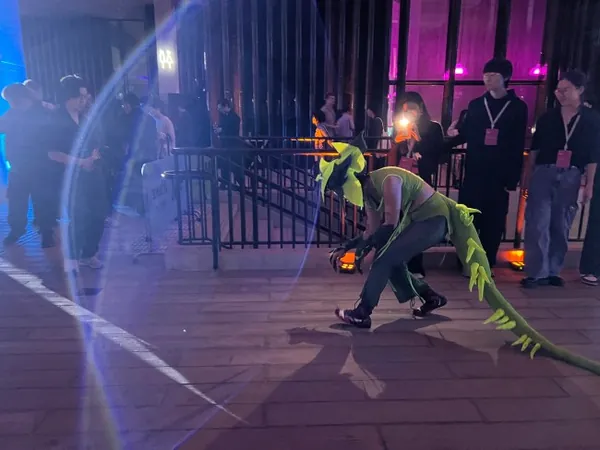
Rediscovering Art: A Pilgrimage through Hong Kong's Evolving Scene
2025-04-21
Author: Jia
A Nostalgic Return to Art Basel Hong Kong
Returning to Hong Kong this year, I found myself engulfed in nostalgia as I revisited the Pedder Building, the iconic venue I first explored a decade ago during Art Basel Hong Kong. The vibrant atmosphere was a stark contrast to the quiet it experienced during the pandemic. Every year, I would navigate the city, hopping between galleries until my legs demanded a break. What keeps me coming back, I wonder? Is it akin to participating in a sacred ritual like the one I braved in Beijing's White Cloud Temple on the coldest day in history, seeking blessings for the coming year?
Art as Spiritual Journey
My deep connection to Art Basel mirrors that of a spiritual journey. The community I once cherished seemed to vanish amidst the whirlwind of extravagant dinners and cocktail parties. As galleries cycled in and out, I cautioned myself against lingering too long on the past.
The Changing Landscape of Galleries
This year, only Gagosian remained in the Pedder Building, showcasing the works of Sarah Sze. The departures of significant galleries like Lehmann Maupin have reshaped the landscape; some moving to new areas like Kwai Chung and Wong Chuk Hang. Despite shifts in the art scene, the excitement during Art Basel remained palpable. Familiar faces congregated at M+’s party and Tai Kwun’s Artists’ Night, hinting at an evolving yet bustling art community.
A Glimpse into New Artistic Directions
A new publication, Cong, showcased the fresh take on urban culture in Asia, encapsulating the feeling of flourishing yet familiar aesthetics. However, my nostalgic yearning for the vibrant community felt less relevant in discussions about Hong Kong's future.
Art Basel's Vibrant Offerings
Art Basel Hong Kong director Angelle Siyang-Le expressed a commitment to nurturing the local ecosystem. Exciting new booths from Mainland Chinese galleries marked a positive shift, alongside innovative Southeast Asian participants. Artistic commentary like Tanat Teeradakorn's provocative installation challenged consumerism with its sharp wit. Meanwhile, Christopher K. Ho's sculptures blurred the lines between modern ideals and their abstraction.
Performance Art's Journey into the Unknown
Art Central featured performances echoing the romanticized lone traveler, with artists exploring boundaries and comfort in unfamiliar territory. My own journey took me to Tai Kwun, where impactful solo exhibitions by female artists resonated with shifts in artistic values.
The Promise of Equitable Dialogue
At M+, the exhibition “Picasso for Asia: A Conversation” aimed to bridge cultural gaps but fell short, often relegating Asian artists to the periphery in a narrative dominated by Picasso. However, Sin Wai Kin’s solo exhibit offered a refreshing experience, dismantling binary categories through humor and clever storytelling.
A Journey of Exhaustion Yet Discovery
My search for authenticity in Wong Chuk Hang proved challenging as closures thwarted my plans. Yet, the struggle was liberating, reminding me of the transient nature of our pursuits in art. Each step taken felt less like a chore and more like an exploration of the convoluted and shifting art environment.
Reflections on the Future of Art and Hope
As I contemplated this year's pilgrimage, I recognized that the art landscape has transformed significantly over the past decade. The endless searching and walking may not yield clear answers, but perhaps it's this very journey that ignites a flicker of hope. The poignant words from a young passerby in a contemplative novel I encountered encapsulated my feelings: "despair may just be the start of hope.
So, as I echo Sin Wai Kin's navigational wisdom, I embrace the cycle of ends and beginnings, ever hopeful that new inspirations await just around the corner.
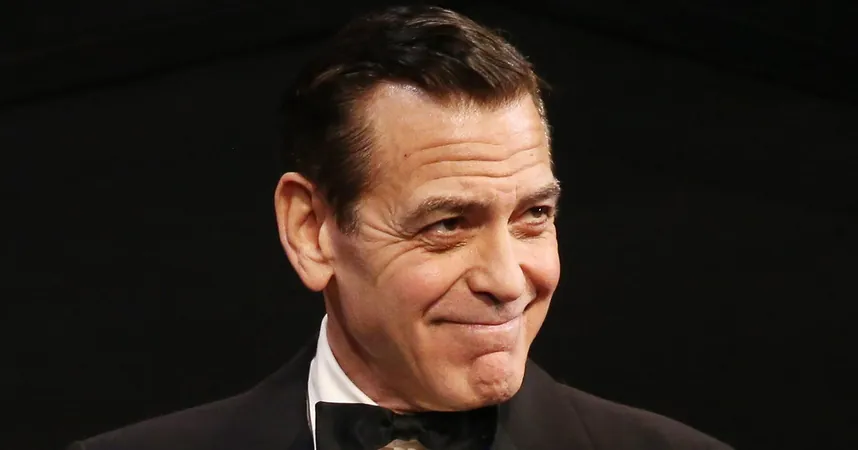
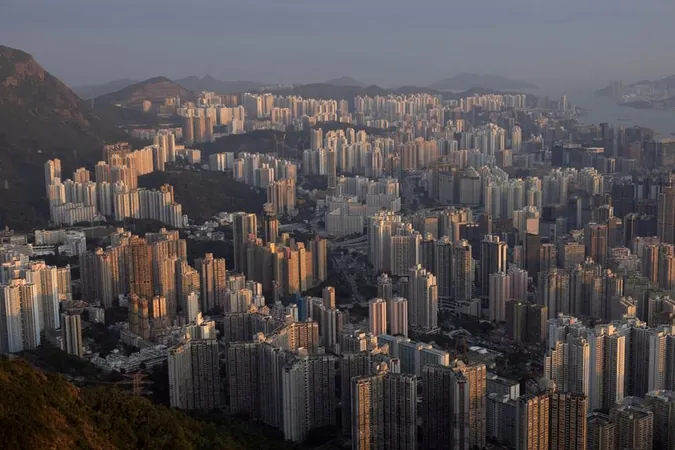
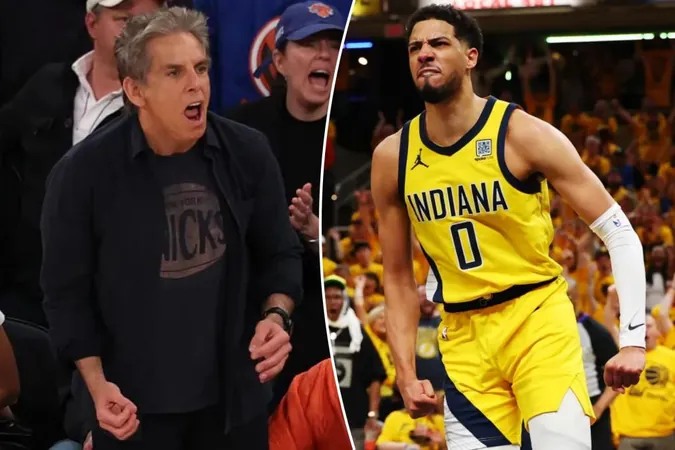
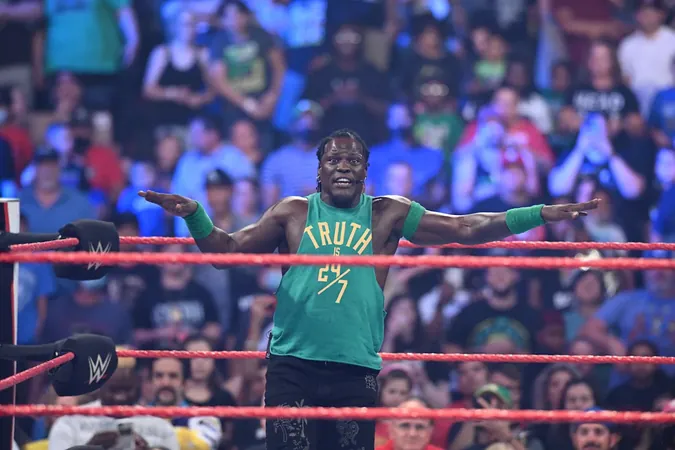

 Brasil (PT)
Brasil (PT)
 Canada (EN)
Canada (EN)
 Chile (ES)
Chile (ES)
 Česko (CS)
Česko (CS)
 대한민국 (KO)
대한민국 (KO)
 España (ES)
España (ES)
 France (FR)
France (FR)
 Hong Kong (EN)
Hong Kong (EN)
 Italia (IT)
Italia (IT)
 日本 (JA)
日本 (JA)
 Magyarország (HU)
Magyarország (HU)
 Norge (NO)
Norge (NO)
 Polska (PL)
Polska (PL)
 Schweiz (DE)
Schweiz (DE)
 Singapore (EN)
Singapore (EN)
 Sverige (SV)
Sverige (SV)
 Suomi (FI)
Suomi (FI)
 Türkiye (TR)
Türkiye (TR)
 الإمارات العربية المتحدة (AR)
الإمارات العربية المتحدة (AR)